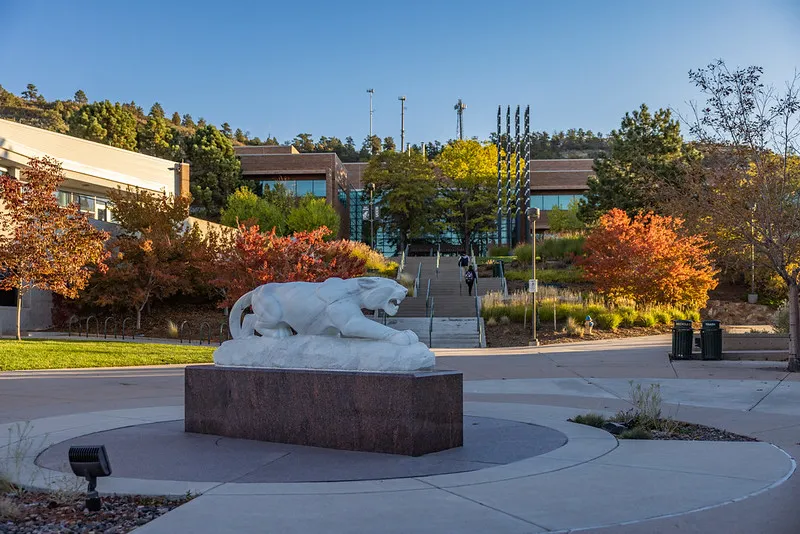
Education & Resources
If you are a student who has experienced a discriminatory event, please see this document describing your options on how to proceed: Psychology's Diversity Education & Resources
This page is an evolving list of resources relevant to education, research, clinical work, and advocacy related to equity and diversity issues. We aim to provide a wide range of resources to raise awareness, education, and empower people. Below, you will find relevant educational resources broadly categorized around questions. Resources for support are also listed, including specific resources for marginalized identities and groups (e.g., LGBTQIA+ individuals, immigrants, BIPOC, and so on).
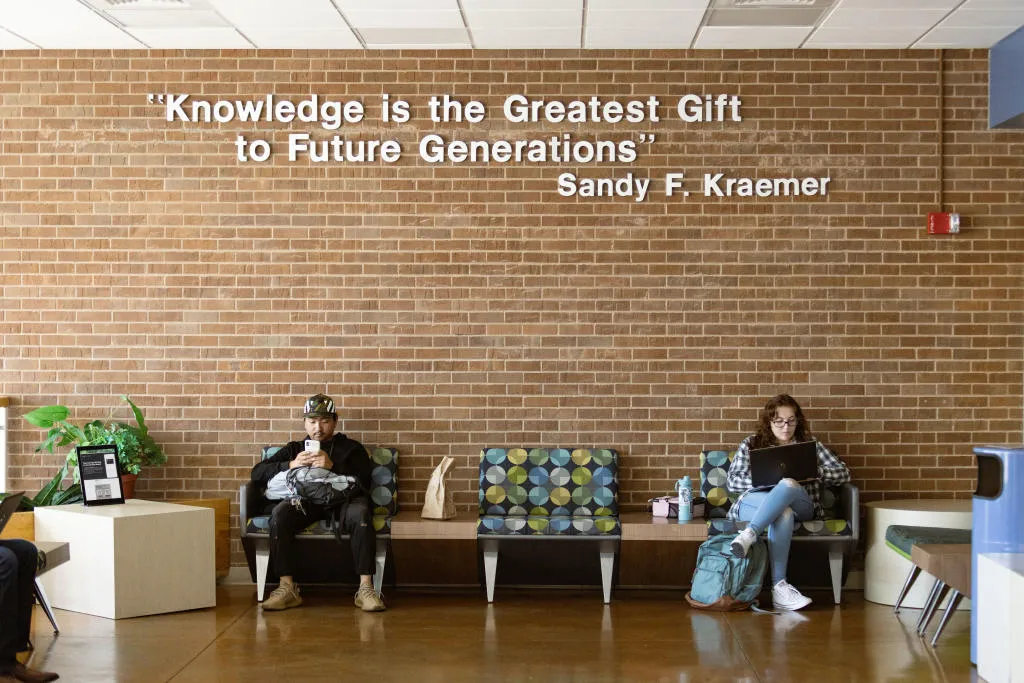
What is privilege?
Privilege refers to the advantages and power that benefits members of a particular social group. Privilege typically benefits certain people and groups over others; these groups that are not afforded such privilege are often described as oppressed or marginalized groups. For example, heterosexual people are considered a privileged group as heterosexual people are able to get married, provide benefits to their marriage partners, and adopt children without their sexuality being a barrier. In contrast, queer people (that is, people whose sexual attraction is not exclusively heterosexual) face social, legal, and institutional barriers for marriage and adoption.
Privilege does NOT mean that you do not experience any hardships or difficulties in life. Everyone faces challenges in their life, and privilege does not mean that some people do not suffer. Instead, privilege refers to a specific position within a social power structure. When we say “White privilege,” we mean that White people are afforded certain privileges and advantages based on the color of their skin, whereas non-White people experience additional hardships (this is supported by research finding that White people are viewed as more competent, moral, and less threatening than Black people and other non-White people). Most people hold privileged and oppressed identities simultaneously (e.g., a cisgender, White, lesbian woman) - this is why work in diversity, equity, and inclusion (DEI) takes an intersectional perspective that aims to understand the complex relationships among one person’s many identities (check out the next section on intersectionality to learn more).
What is intersectionality?
Intersectionality is defined as understanding how different social group identities (e.g., race, gender, sexuality) interact and relate to one another. Research has shown that holding multiple minority identities is associated with worse outcomes - for example, queer people of color are more likely to experience harassment and discrimination than queer White people. Furthermore, intersectionality helps us to honor the unique experiences of each individual person, which is one of the ultimate goals of DEI work.
What is the difference between “gender” and “sex”?
People often use the terms “gender” and “sex” interchangeably. However, “gender” and “sex” can mean very different things. Sex, also sometimes referred to as biological sex, is usually assigned based on biological features, including chromosomes, genitalia, and/or sex hormones. Doctors often assign sex at birth based on genitalia (this is why you may hear people use the terms “assigned sex” or “assigned gender”). However, biological sex can be reflected from a diverse range of factors, and things can be more complicated when these factors do not line up (for example, in the case of intersex persons). To learn more, check out this article from Scientific American about how classifying sex as binary may be too simplistic.
In contrast, gender is a social construct: it is defined by a set of social expectations that we have all culturally created and endorsed about behaviors, characteristics, and presentations (for example, what it means to be a ‘man’). Our own perception and feelings about our gender is defined as gender identity. Most people are cisgender - that is, their gender identity matches the sex they were assigned at birth. For others, their gender identity is different than their assigned sex and these individuals may identify as transgender, non-binary, gender neutral, or another gender identity (see this glossary of LGBTQ+ terms to learn more terminology).
What is implicit bias?
Examples
- Jessica, a Black student, gives a presentation in one of her classes where she easily explains complex concepts in an engaging, accessible way. Her professor, who is White, is impressed by Jessica’s presentation and is surprised by how well she did. In her feedback, Jessica’s professor tells Jessica that she is “very articulate.”
- When Graham, a transgender man, comes out to his classmates, one of his classmates begins asking about Graham’s medical procedures and romantic partners.
- A research professor at UCCS has recently received funding for a new project. He wants to have one of his graduate students as the lead author on the project. When deciding between two equally qualified graduate students, he ultimately offers the position to Eric, the young single man, instead of Clarissa, a married mother, because he assumes that Clarissa is too busy to manage to the project.
Each of these examples involves implicit bias. Implicit bias refers to unconscious negative or stereotypical attitudes towards a specific social group. Implicit biases may influence behavior in a wide range of ways, including preferring someone of a majority or privileged group over an oppressed group. Implicit biases can often lead to microaggressions, which is a comment or action that unintentionally expresses a prejudiced attitude towards a member of a marginalized group. Microaggressions can be alienating and isolating, and research has shown that experiencing microaggressions can impact mental and physical well-being for those on the receiving end.
What is cultural appropriation?
Cultural appropriation describes the action of adopting aspects of a minority culture by someone from outside the culture. Usually this is done without fully understanding or respecting the original meaning of the original cultural practice. For example, research shows that some White women adopt hairstyles that are culturally and spiritually significant to different African cultures. Cultural appropriation differs from cultural exchange, as cultural exchange happens on an “even playing field.” Whereas cultural exchange can happen between two cultures sharing mutual respect and sharing, cultural appropriation occurs when one culture holds power over the other culture.
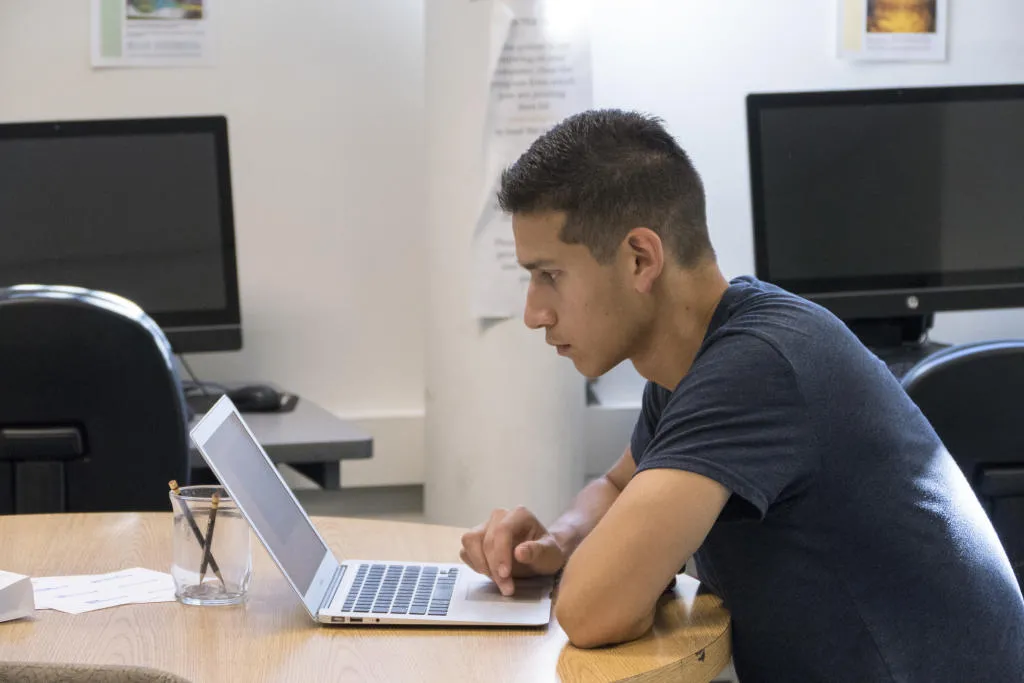
An overview of the systemic and historical forces that led us here.
Jimmy Carter once said “We have become not a melting pot but a beautiful mosaic. Different people, different beliefs, different yearnings, different hopes, different dreams.” However, this is not always the reality within higher education. The National Center for Education Statistics reports that within academic systems, racial, ethnic, gender, and sexual minorities are drastically underrepresented. Why? Sadly, academic institutions have a track record of engaging in movements that seek to elevate particular sociodemographic groups at the expense of others. While in more recent times formal policies preventing entry to certain populations have been repealed, the culture cultivated by these discriminatory practices lives on in the form of gate-keeping, elitism, and ‘otherness’ – and is hard to disassemble.
At every level of education – from pre-K to graduate studies - resources, losses, and gains may reinforce existing inequities. For example, differences in personal/family financial resources that can pay for applications and standardized tests may prevent some students from applying to programs and colleges they are otherwise competitive for. Even as efforts to address representation are emerging in academia, students with marginalized identities often face barriers within educational systems and report frequent harassment, discrimination, and microaggressions. These may include overhearing or directly receiving disparaging remarks about oneself or one’s cultural group, being subject to insensitive or ignorant commentary from peers, having one’s cultural practices disrespected (e.g., time off for culturally-specific holidays), having needs specific to one’s social identity overlooked (e.g., access to feminine products on campus), lack of access to supportive resources (emotional and financial) and many other experiences that make higher education difficult and unwelcoming.
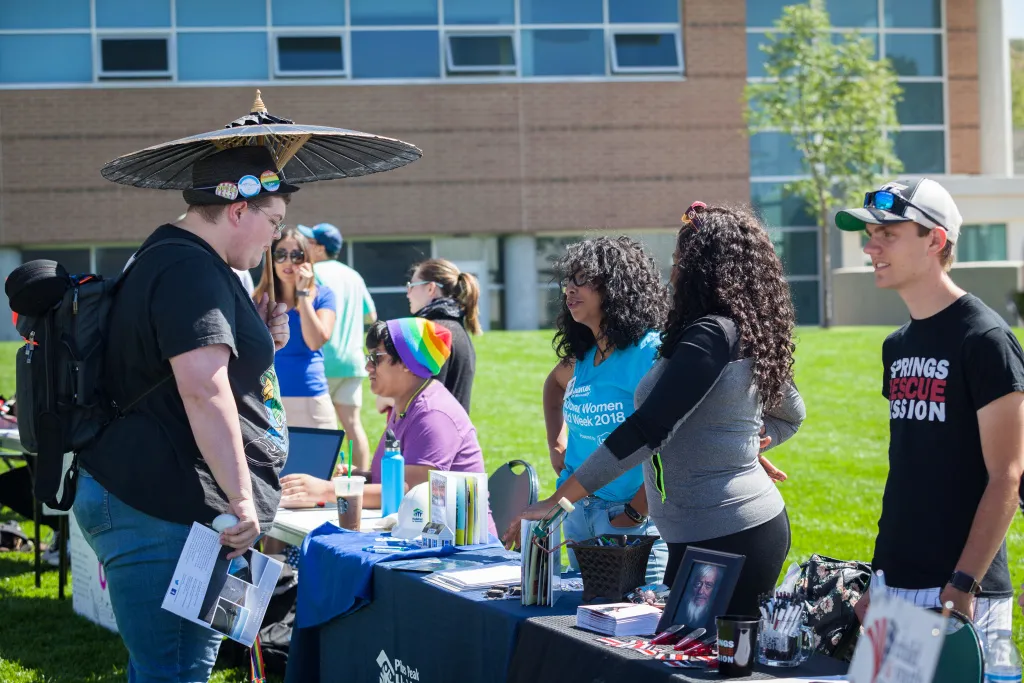
How can I be an ally?
An ally refers to being a person who is not a member of an oppressed group but provides support to that group. Being an ally includes self-reflection, education, providing support, and engaging in activism. An important first step in being an ally is to reflect on what beliefs you may internalize and still hold that uphold systems of power and oppression. Check out this article with several prompts for reflecting on your own social identities and the privilege you may hold. Being an ally can also involve ongoing education to learn more about these systems of power as well as to learn about groups different than the ones you belong to. We encourage you to engage in ongoing education on your own, through scholarly articles, thinkpieces, and following people on social media. We provide some resources here to help you start thinking about the experiences of different social groups:
- Anti-Racism Training Series: Learn more about anti-racism, a movement focused on deconstructing White supremacy and White privilege.
- Language and Disability: Learn more about recommended ways to talk about disabilities with others.
- LGBTQIA+ Education: Learn about issues related to gender and sexual minorities.
- Facts and Myths about Aging: Learn more about facts and myths related to aging the experience of older adults.
- Inclusive Language Guidelines: Learn more about using inclusive and bias free language.
Finally, being an ally means using your privilege to advocate for a more just society. Consider getting involved with organizations on campus or in the community focused on cultivating equity. For example, the ACLU of Colorado often provides different opportunities for political engagement, ranging from signing petitions, providing templates to email your political representatives, to volunteer opportunities.
What can I do as a student?
For students interested in getting involved in DEI advocacy, you can think about how to bring up DEI issues in your class discussions, organizations, and campus community. For example, when your professor is teaching about a social issue, we encourage you to ask questions about oppression and power, or to ask how these factors influence people from different backgrounds.
If you are a UCCS student, the Multicultural Office for Student Access, Inclusiveness, and Community (MOSAIC) provides a wide range of advocacy services for UCCS students from diverse backgrounds. Additionally, UCCS graduate students can use this resource to help navigate how to respond to if they experience discrimination. UCCS graduate students can also reach out to the Psychology Graduate Student Organization (PGSO) for discussions and peer support (contact the President of the PGSO, Lisa Stone, at lstone4@uccs.edu).
What can I do as an instructor?
Instructors who want to make their classroom a more equitable place and respect students from diverse backgrounds can engage in a variety of activities, both in how they structure their class as well as how they engage with their students. Consider integrating DEI into your course syllabus. This article outlines theoretically-informed considerations for your course syllabus, including acknowledging intersectionality and privilege in the course description and syllabus, and providing concrete ways to respect diversity in classrooms and assignments.
For instructors who want to learn about how to discuss multiculturalism in the classroom, check out these activities for facilitating awareness of multicultural issues, as well as these prompts for discussing prejudice. Finally, instructors can consider how to broadly contribute to campus culture in addition to creating an inclusive space in their classrooms. Check out these tips for boosting diversity on campus, and consider engaging with your students, colleagues, and higher-ups to practice these tips as well. UCCS members can also consider participating in programs that are specifically focused on pedagogical development in the context of DEI and social justice, such as the Knapsack Institute or Universal Design for Inclusive Teaching.
What can I do as a supervisor/mentor?
Research suggests that mentoring across cultural lines can be rewarding, successful, productive, and satisfying for both mentors and mentees. While many mentors may be used to more informal mentorship, mentors should utilize planned mentoring to maximize potential for a positive professional relationship (see here for sample mentoring agreements). Considerations in mentoring related to diversity may include explicitly addressing identities of mentor and mentee to allow for open dialogue and the opportunity to address concerns, as well as providing advocacy and support for mentees who retain marginalized identities. The Council of Graduate Schools has compiled a central database for culturally-aware mentoring resources, Additionally, mentors should consider evidence-based strategies for recruiting diverse students to research labs.
What can I do as a clinician?
The American Psychological Association has compiled a multicultural toolkit web resource to learn about diversity-related concerns for psychological practice. This includes APA guidelines for working with diverse populations as well as clinical associations and organizations for diverse groups. In general, cultural formulation in clinical work is essential to assessment, diagnosis, and treatment. Clinicians should strive to gain insight into a client’s cultural background and worldview, and generate hypotheses and plans for treatment that are culturally informed, appropriate, and adapted in alignment with the needs and contextual sensitivity of the culture being addressed. While we intend for these resources to merely be a starting point that will prompt further independent inquiry, check out considerations for clinical work with immigrants, BIPOC, incarcerated individuals, LGBTQIA+, low income individuals, and differentially-abled persons.
What can I do as a researcher?
Culturally sensitive research involves integrating cultural beliefs, characteristics, attitudes, values, traditions, experiences, and norms of a target population into research design, implementation, evaluation, and materials. Community-based participatory research (CBPR) offers a collaborative, equitable approach through which to do so. In addition, several scholars have created recommendations for culturally sensitive methodologies and frameworks, as well as brief trainings for diversity considerations in conducting psychosocial research. Additionally, you can read more about the initiatives in research undertaken by UCCS Psychology faculty and students here. Finally, UCCS students have spearheaded efforts to create resources pertinent to inclusive language in research; you can find slides from a training on inclusive language developed by Sophie Brickman here, and you can also download and utilize this DEI-inclusive demographics survey template for research developed by Kelly Dixon here.
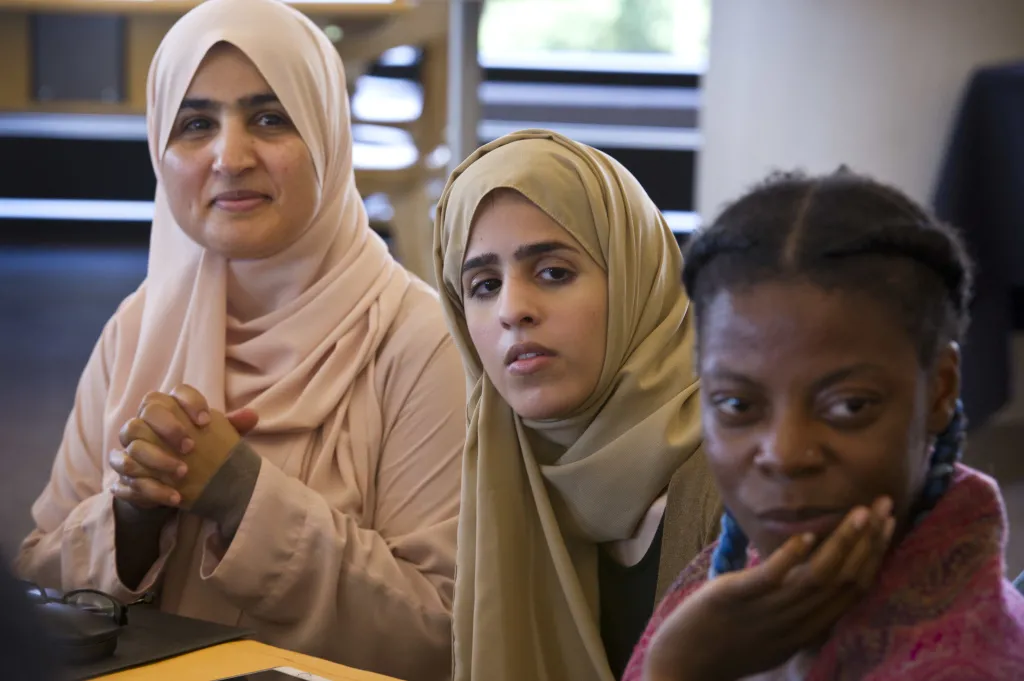
We know that students, staff, and faculty in our UCCS community who hold marginalized identities may need additional supportive resources.
The following is a list of campus-specific organizations and offices who can provide affirmation, education, and care.
UCCS MOSAIC Center
UCCS Office of Equity, Diversity, & Inclusion
UCCS Mandatory Reporter Quick Help Card
UCCS Global Intercultural Research Center
UCCS Mental Health Services @ Wellness Center
Additionally, sometimes it can be helpful to access resources tailored to a specific identity or group. Within Colorado Springs, the following are excellent places to seek out more information related to:
LGBTQIA+
PFLAG Colorado Springs Chapter
One Colorado
Alcohol Abuse In The LGBTQ Community
Racial Justice
American Civil Liberties Union Colorado
NAACP Colorado Springs
Citizens Project Colorado Springs
Disability
The Independence Center
List of El Paso County agencies
Aging
UCCS Aging Center
Silver Key Senior Services
Native American & Indigenous Populations
List of Colorado agencies and resources
BIPOC
BIPOC Live Another Day
Asian-American and Pacific Islander Detox Local
More Information
Diversity Initiatives
The Psychology Department seeks to foster inclusion and belonging of all members of its community, and to promote equity among members of society in its core mission of teaching and research.
Department Research & Activities
Faculty, staff & students are active researchers in our department. Diversity issues are integrated in our curriculum and research initiatives.
Eblasts & Newsletters
Archive Issues of Diversity Committee Eblasts & Newsletters from 2021 - Present
Contact Us
Please feel free to contact the committee by email. Send us your suggestions for events, faculty, staff, and student highlights, and other information to disseminate. Questions, comments, or concerns are more than welcome as well.